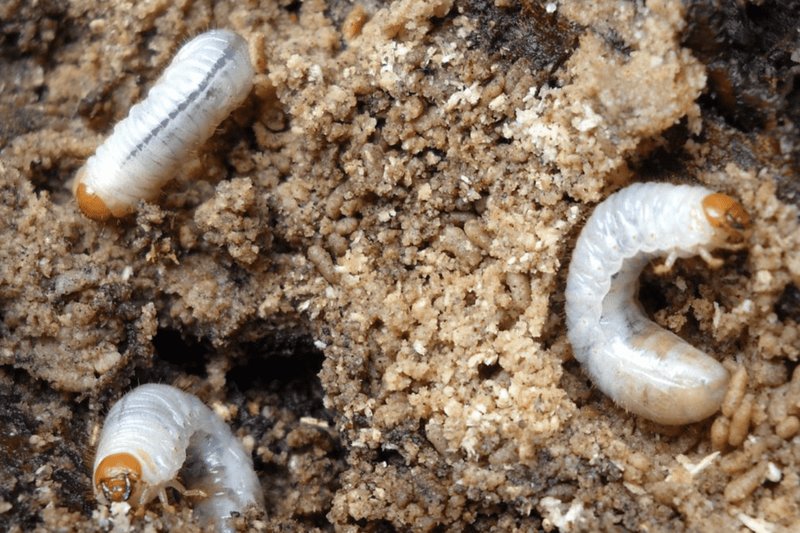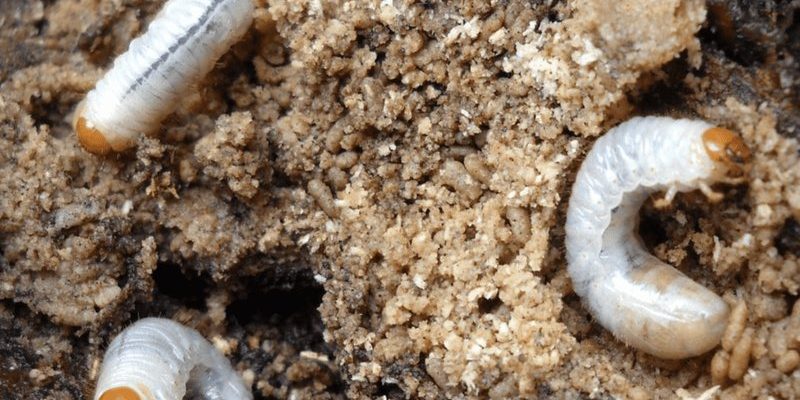
You might be picturing a garden filled with flowering plants, fresh vegetables, and perhaps a few buzzing bees. But wait—what about those grub worms lurking beneath the surface? While they may seem like pests at first glance, these critters can actually help create a more balanced ecosystem in your garden. Let’s dig a little deeper into how grub worms can fit into the picture of sustainability.
What Are Grub Worms?
Grub worms are the larvae of various beetles, commonly found in soil and often regarded as pests due to their tendency to munch on roots. The most recognized among them is the Japanese beetle grub. But here’s the twist: while they can cause some damage, they also serve several essential roles in a garden.
These little guys can range in size but generally look plump and white, often curled up in the soil. When you think of them, think of little composters hard at work. They feast on decomposing organic matter, turning it into nutrient-rich material that feeds your plants. This natural recycling process is crucial for maintaining soil health.
Benefits of Grub Worms in Sustainable Gardening
Let’s explore some key benefits of incorporating grub worms into your garden:
- Soil Aeration: Grub worms burrow through the soil, creating channels that help air and water penetrate. This promotes healthier root systems.
- Nutrient Recycling: As they consume organic matter like dead leaves and grass, they break it down, returning nutrients to the soil.
- Food Source: They can serve as a food source for birds and other wildlife, supporting the local ecosystem.
Honestly, the benefits of grub worms extend beyond just the immediate view of your garden. They contribute to a balanced ecosystem where everything works together. You might be wondering: why not just remove them entirely if they’re considered pests? The answer lies in understanding the bigger picture of sustainability.
Managing Grub Worm Populations
While grub worms aren’t inherently bad, it’s essential to manage their populations to avoid overpopulation, which can lead to root damage in your plants. Here are some practical tips for keeping their numbers in check:
- Crop Rotation: Change where you plant your crops each season. This disrupts the life cycle of grub worms and minimizes their presence.
- Natural Predators: Encourage birds and beneficial insects that feed on grub worms. You can attract these helpers by planting native flowers and providing water sources.
- Organic Treatments: If populations get too high, consider using organic treatments like neem oil or beneficial nematodes to control them without harming other insects.
By managing their population effectively, you create a healthier garden environment. Remember, it’s all about balance!
Alternatives to Synthetic Pesticides
You may wonder what to do if grub worms become a garden nuisance. The common approach is to reach for synthetic pesticides, but that can disrupt your garden’s entire ecosystem. Instead, consider these alternatives:
- Beneficial Nematodes: These microscopic roundworms seek out and parasitize grub worms, providing a natural control method.
- Companion Planting: Some plants repel beetles. Incorporating these into your garden can help reduce grub worm populations.
- Cultural Practices: Regularly maintain your garden with practices like proper watering and mulching, which can discourage grub worm proliferation.
By choosing these natural options, you’re not only protecting your plants but also nurturing a more sustainable garden.
How to Identify Grub Worms
Identifying grub worms in your garden is key to managing them. Here are a few characteristics to look for:
- Shape and Color: Grub worms are typically white or cream-colored, plump, and have a C-shaped body. They often curl up when disturbed.
- Location: Check under the surface of the soil, especially in areas where you notice plants struggling or browning.
- Behavior: If you see signs of root damage or wilting plants, that could indicate a high grub worm population.
By recognizing these signs, you can take proactive steps to manage them and keep your garden thriving.
The Role of Grub Worms in Composting
Grub worms contribute significantly to composting, helping to break down organic matter. Here’s how they fit into the composting process:
1. **Decomposition:** Grub worms consume decaying plant material, speeding up the decomposition process.
2. **Nutrient Enrichment:** Their waste adds nutrients back to the soil, enriching it for your plants.
3. **Moisture Retention:** The channels they create in the soil help retain moisture, which is beneficial for plant growth.
You can even incorporate them into your compost pile! Just be mindful of the balance, ensuring that they don’t overpopulate and create a disruption.
Grub worms might not be the first creatures that come to mind when you think about a sustainable garden, but they certainly have their place. By recognizing their benefits, managing their populations responsibly, and embracing organic gardening practices, you create a thriving ecosystem.
So next time you’re in your garden, remember: grub worms aren’t just squirmy nuisances. They’re vital players in keeping your garden healthy and sustainable. By working with them rather than against them, you can create a flourishing patch of earth that’s good for your plants and the environment. Let’s celebrate the little critters that help cultivate our gardens!

